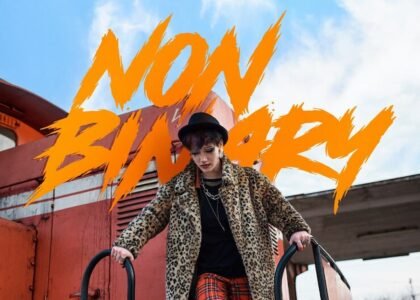



Fashion victim is not a meaningless phrase, but the phenomenon of fashion is much more than that – it is something existing and active, which affects human life and society in various ways. Starting with cultural affiliation and social class to effects on the nation’s economy and the environment, fashion is a vital cornerstone in the society. This article seeks to discuss the posited forces of fashion society in terms of its influence on identity, interaction and culture, economy and the environment.
It can thus be vicwed that fashion plays the part of a major cultural indicator. Ethnic dress has been known to express people’s identity, culture, and background making a connection of the individual to his or her history. For instance, kimono in Japanese culture or sari in Indian can be seen as pride of a particular nation and culture and at the same time as preserving a tradition.
Fashion can extend and foster cultural diversity by adopting the cultural diversity fashion weeks where designers accentuate traditional apparels in a new fashion. Such cultural expressions in fashion help to create a better understanding of the cultures of other countries and push for the multicultural society.
Trends in the use of attire are usually a measure of standing in the society. Luxury fashion brands, brands carrying insigne, famous fashion trends easily identify people of the higher social status. This societal aspect of fashion may lead to the development of a social hierarchy with regard to wearer’s dressing code and perceived status of brands worn.
The fashion industry is a key contributor of the worldwide economy, and its impact is proved by billions of dollars which it produces every year. It covers almost all the segment of industry right from designing to manufacturing of the product, retailers, marketing etc. This new economy makes the industries reach out to premium and economy luxury consumers alike and to the lower end the economy fast moving consumers.
Fashion produces a great number of employment positions for people, starting with designers and tailors and ending with marketers and salespeople. It also creates employment in the retail outlets and also supports tourism within the territories it exists. For instance, Paris, Milan and New York benefit significantly from being reputed as fashion capitals where large numbers of tourists get to attend fashion-related activities and or shop.
On one hand fashion represents economic as well as cultural value in society, on the other hand these values have serious impacts on environmental sustainability. They pointed out that the fast cycle of production in the fashion industry is unsustainable since it leads to wastage of not only resources but also the environment. Ethical fashion which focuses on the sustainable fashion and ethical manufacturing is growing popular due to increased awareness among the consumers.
Due to increasing sensitivity to the issue of environmental degradation there is a move towards sustainability in the fashion industry. Companies are going green through the use of environmentally sustainable materials, recycling of products and materials, and treating the employees fairly. Consumers’ conscious shift towards sustainable fashion seeks to combat the adverse effects on the environment and forwarded the culture of sustainable Fashion.
Fashion as a phenomenon has in one way or the other been used to bring about change in the society. It can bend the rules of culture, bring people together and encourage a number of causes. Starting from the women liberation movement of the twentieth century fashion up to the present day acceptance of the body positivity and diversification, fashion has a social impact and helps progress.
Another element of fashion, which seems to be connected with social changes, is how the awareness of what people wear, as well as the choice of the clothes, reflect and determine political and social points of view. For example, the punk style in the twentieth century in the 1970s was a way to protest the traditional ideas of dressing, whereas today’s designers wear their clothes to express social causes such as inequality.




